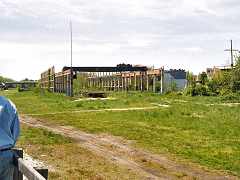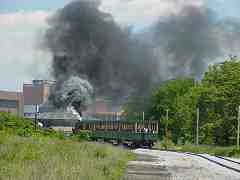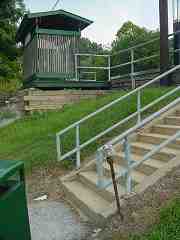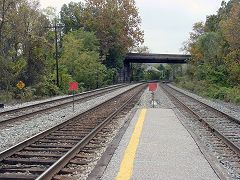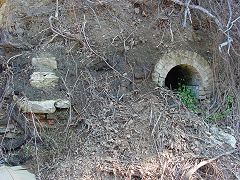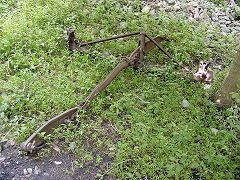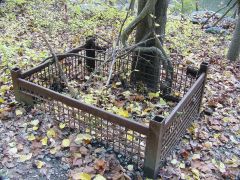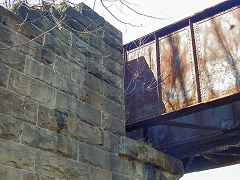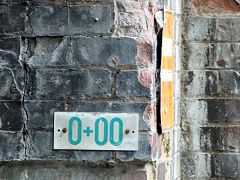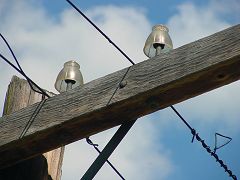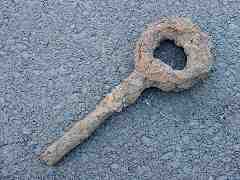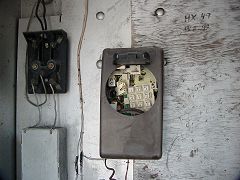0+00 sounds like the start or end of something. What does it mean?
"They are distance measurements used by surveyors.
"The basic unit of measurement used by surveyors is the
'Station', equal to 100 feet, exactly. Smaller lengths are
the 'Pluses', notated as +55.63, which means 55 feet and
63/100 of a foot.
"The beginning of the survey can be any arbitrary value
(0+00, 3+00, 10+00, or whatever ) and the tunnel, which
has a fixed beginning, would generally be 0+00, and the end
of the tunnel, as surveyed, might be 4+23.78. The sticker
4+00 is value for the point exactly 400 feet from the start, but
where that point is located should be indicated nearby, and
sometines the center of the plus ( + ) sign is the point referenced.
"In surveying roadwork, 0+00 can be used for the beginning of
the Survey, but is not recommended, since the start of the project
may be altered, usually backwards, causing the need to use
negative numbers. The better approach is to sta rt the survey
numbering with 10+00, 50+00, or even 100+00.
"Complex road projects, like interchanges, will start each new roadway
(mainline and ramp) with a new number set, i.e. 100+00, 110+00,
120+00, to avoid the possibility of negative values, and to avoid different
parts of the survey having the exact same number series, since the
series increment is 10,000 feet, or nearly 2 miles."
Link: 